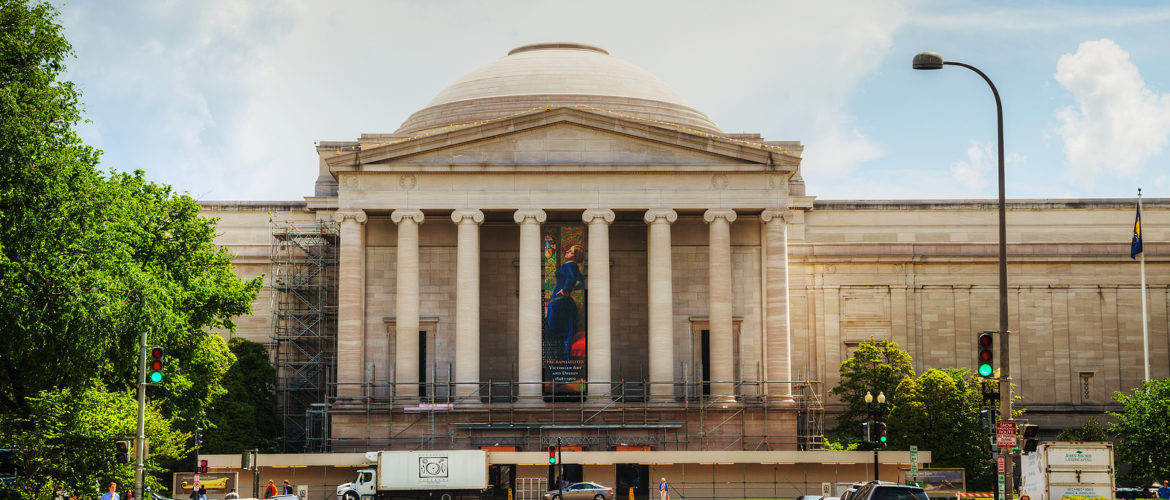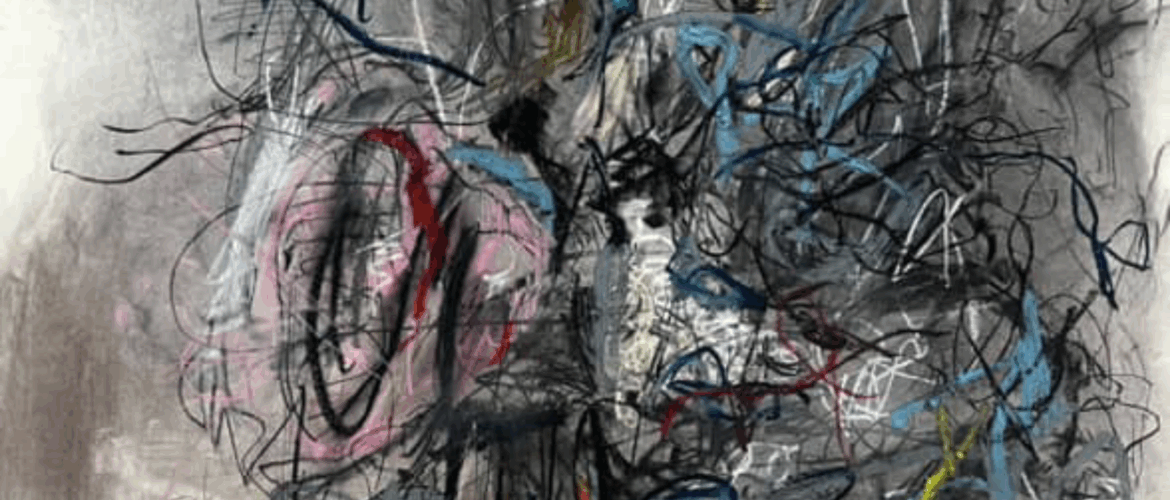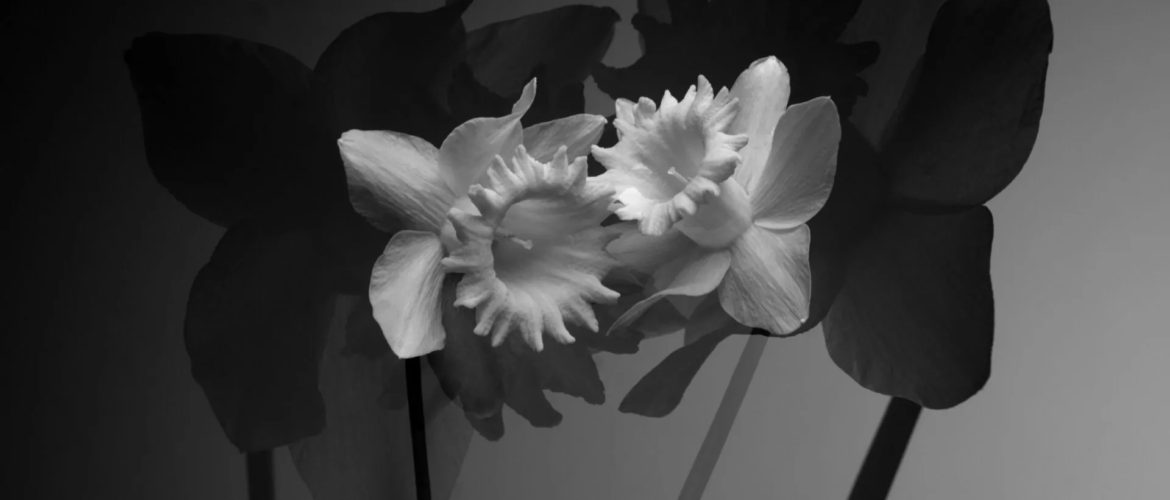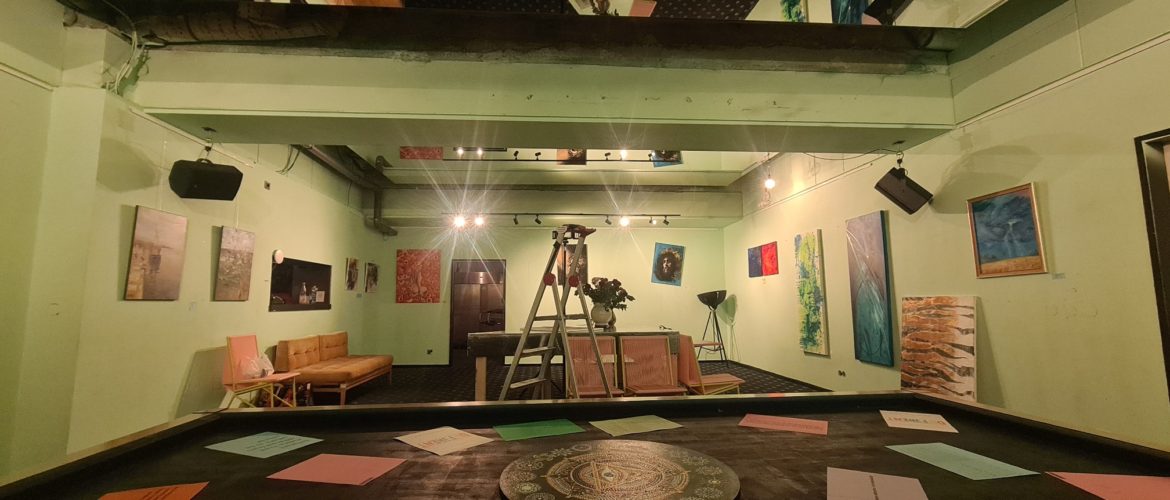When it comes to driving, it’s always a good idea to try and make your experience as enjoyable as you can. And there are many ways that you might be able to achieve that. One of the main ones is to ensure that you are thinking about what kind of things you can do to make your vehicle feel like it is truly yours, that it is personal to you. In this post, we are going to discuss some of the main ways in which you should be able to do just that.
All posts by Ilya
The Getty, or the J. Paul Getty Museum, in Los Angeles is an important attraction point for art appreciators. When visitors are asked about the most memorable impressions of visiting this place, many recollect luminous marble pavilions and the famous Irises series by Vincent van Gogh. Yet, this museum has many marvels to be uncovered, and this guide will help you embrace its art legacy in full.
The National Gallery of Art in Washington, DC, is widely known as an art entity with a huge collection of masterpieces. However, when visitors come to embrace the art legacy collected under its roof, they also come across the architectural dialogue that the entity embodies. The museum is made up of two separate buildings, each representing a distinct architectural style and offering a unique aesthetic experience. Let’s take a closer look at the National Gallery’s architectural uniqueness.
Culturally Arts Collective continues to find rare talents across the globe, opening them up to global audiences with the help of digital replicas of physical exhibitions. This time, it’s the turn of Rohen Jones to step into a new phase of international visibility thanks to the gallery replication of his recent exhibition at Taylor Books in Charleston, WV, titled “For the Sake of Drawing.”
Nobody deserves to constantly feel down about themselves just because we live in a society that thrives on telling others what they should and shouldn’t do, how they should and shouldn’t behave, and what they should and shouldn’t look like. Not only is it unfair, but it’s damaging to people’s mental health and their relationship with themselves.
Proper nail care often goes overlooked. It’s not just about appearance and ensuring you look the part each day. While looking your best is important, proper nail care is an essential part of maintaining overall hygiene. When it comes to beauty tips, this task should be part of your daily routine in order to keep your nails healthy, strong, and free from damage.
Within almost a year after his father’s passing, William Josephs Radford has covered multiple stages in the contemplation of his grief and mourning of loss. Following the February project “White Knight,” the artist has released two more photography projects in this series, each with a distinct set of experimental techniques worth a closer look.
On October 1, Iryna Fedorenko, a Ukrainian contemporary artist, also known as SEMIRA, opened a new art show at Munich’s fashionable art space – Graf Rumford. The new exhibition is titled “Different,” meaning an in-depth exploration of creative differences and diverse artistic angles guiding artists’ self-expression. The art show, which unites Ukrainian and global talent, is accessible free of charge and can be viewed at Graf Rumford until October 13, 2025.








